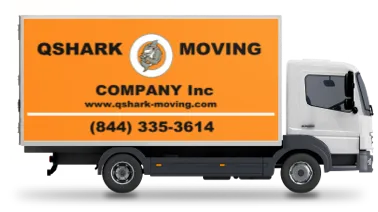What Is A Dolly For Moving?
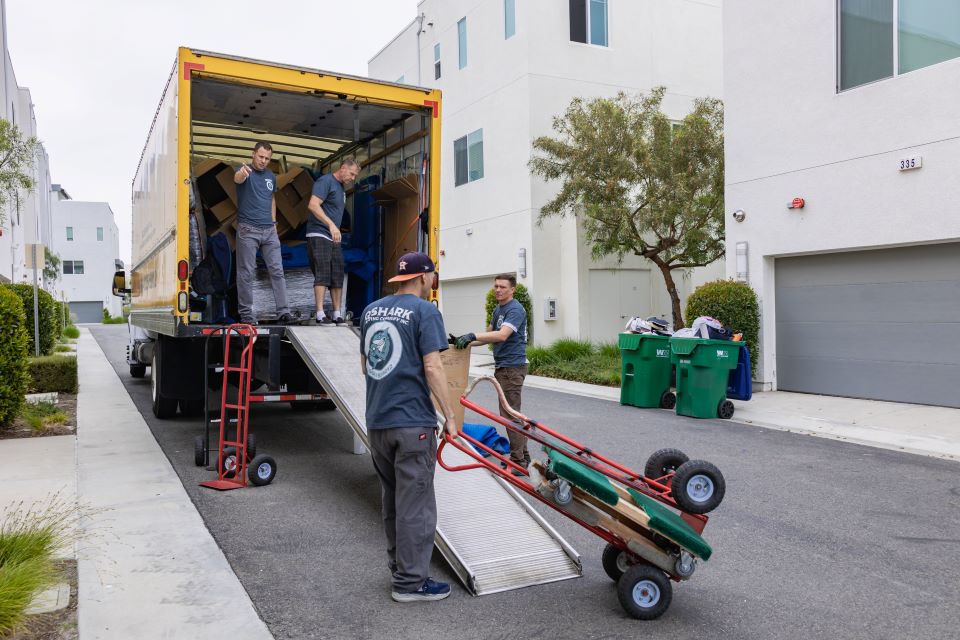
Summary: Equip yourself with the knowledge to make your next move smoother and safer. Understand different types of moving dollies, their uses, and how to choose the right one for your task. This in-depth guide from QShark, a trusted professional in the moving industry, is a must-read for anyone planning a move.
| Type of Dolly | Uses | Pros | Cons |
|---|---|---|---|
| Furniture Dolly | Moving large furniture and large boxes | High weight capacity, easy to maneuver, protects furniture | Not suitable for stairs, difficult on uneven surfaces |
| Appliance Dolly | Moving tall, heavy items like refrigerators, washing machines | Great for tall or heavy items, maneuverable in tight spaces, can handle stairs | Challenging to balance, smaller load surface |
| Utility Dolly | Moving boxes, smaller appliances, medium-sized items | Lightweight, easy to maneuver, versatile | Not ideal for very large or heavy items |
| Platform Dolly | Moving large, bulky items or packed boxes | Easy to load, versatile, suitable for large or bulky items | Struggles with uneven terrain, not suitable for stairs |
| Specialty Dollies | Transporting specific items like pianos, drums | Optimal support for unique items | Specifically designed for certain tasks |
I. Introduction
Welcome to the realm of professional movers, where the right tools can transform a daunting task into a breeze. Here at QShark Moving Company, we know something about making moves as efficiently and safe as possible. One indispensable tool that makes all the difference? The moving dolly.
A moving dolly is essentially a platform on wheels designed to carry heavy or awkward items. They come in different shapes and sizes, each designed for a specific task. Choosing the right dolly is like picking the right key to open a lock – it can make the process significantly easier.
Understanding the types of moving dollies, their uses, and how to operate them can save you a lot of time, effort, and potential damage to your items. It’s no wonder that as LA movers, we’re passionate about educating others on these useful tools.
In this comprehensive guide, we’ll explore:
- The Anatomy of a Moving Dolly: We’ll break down a dolly’s components and discuss each’s role in the overall functionality.
- Types of Moving Dollies: We delve into the variety of dollies, their descriptions, uses, pros, and cons.
- Choosing the Right Dolly for Your Move: We guide how to select the right dolly considering factors like weight, size, and fragility of items.
- Safety Tips when Using a Dolly: We share critical safety guidelines for loading, unloading, and maneuvering a dolly.
So, whether you’re an individual planning a local moving adventure, or a business ready to relocate, this guide will equip you with the insights needed to master your move. Let’s get rolling!
II. The History of the Moving Dolly
In the early stages of human civilization, moving heavy objects was a laborious task, often requiring the combined strength of many individuals. However, our ancestors made a breakthrough when they invented the wheel. Suddenly, it became much easier to transport large loads. Today, we have refined this basic concept into various tools, one of them being the moving dolly.
“The invention of the wheel revolutionized the way humans could transport heavy objects, leading to the development of tools like the moving dolly.”
III. The Anatomy of a Moving Dolly
A moving dolly may seem straightforward, but its simplicity is a testament to its effective design. Let’s dissect the main components:
- Frame: This is the body of the dolly and is usually made of steel, aluminum, or sometimes plastic. The robustness of the frame determines the weight it can carry.
- Handle: Attached to the frame, this part allows you to control and maneuver the dolly. Some models have a single vertical handle, while others have two horizontal ones.
- Platform: This is the area where you load your items. Depending on the dolly type, the platform may be small (like on a hand truck) or large and flat (like on a furniture dolly).
- Wheels: Attached to the bottom of the frame, these provide mobility. The size and material of the wheels can affect the dolly’s ease of movement and the types of terrain it can handle.
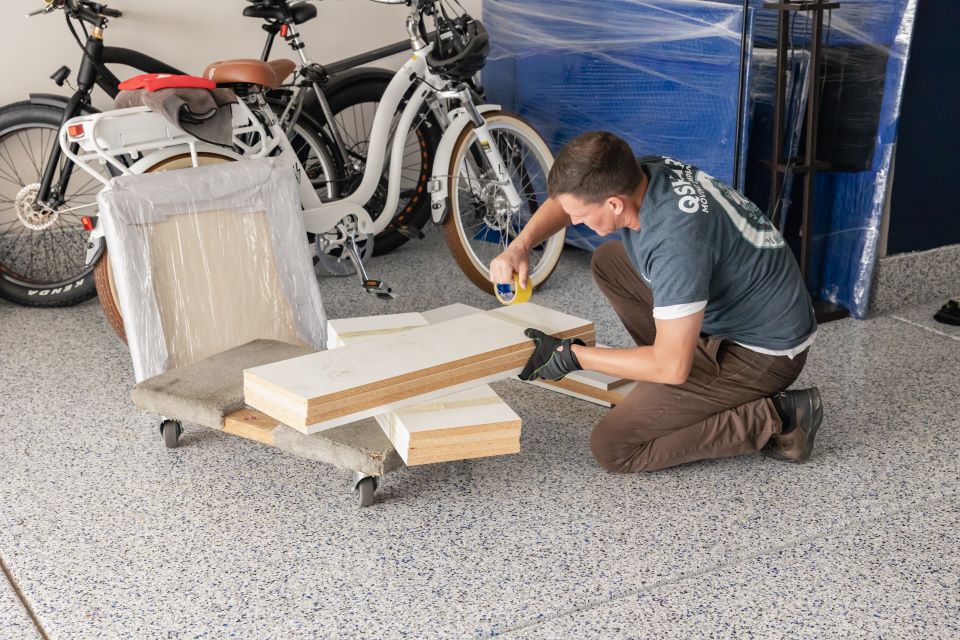
IV. Types of Moving Dollies
Understanding the different types of moving dollies can help you select the best one for your needs. Here’s a rundown of the most common ones you’ll encounter.
A. Furniture Dolly
A furniture dolly is typically a flat, rectangular platform with four swivel wheels. The surface is usually covered with a soft material to prevent damage to furniture.
- Uses: As the name suggests, it’s primarily used for moving large pieces of furniture. But it’s also versatile enough for moving large boxes or multiple smaller items.
- When and why it’s used: It’s ideal for moving heavy, large, or awkwardly shaped items, especially over flat surfaces.
- Pros: High weight capacity, easy to maneuver, protect furniture.
- Cons: Not suitable for stairs, can be difficult to control on uneven surfaces.
B. Appliance Dolly
An appliance dolly, a hand truck, has a smaller platform and a tall, upright frame. The handle is typically located at the top of the frame, and the wheels are at the bottom, leaving the platform to “float” a few inches off the ground.
- Uses: It’s used for moving tall, heavy items like refrigerators, washing machines, or dressers.
- When and why it’s used: Its design allows it to move tall or stacked items, navigate narrow corridors and, with some skill, even stairs.
- Pros: Great for tall or heavy items, maneuverable in tight spaces, and some models can handle stairs.
- Cons: More challenging to balance than a flat dolly, a smaller load surface.
“An appliance dolly is perfect for transporting tall or heavy items in tight spaces.”
C. Utility Dolly (Hand Truck)
The utility dolly, or two-wheel dolly, is similar to the appliance dolly but generally smaller and lighter. It has a small ledge at the bottom for loading items and a tall back to support and balance them.
- Uses: Commonly used for moving boxes, smaller appliances, and other medium-sized items.
- When and why it’s used: Ideal for moving multiple boxes at once or shifting small appliances without damaging floors.
- Pros: Lightweight, easy to maneuver, suitable for various items.
- Cons: Not ideal for very large or heavy items.
“The utility dolly is a versatile tool for moving medium-sized items and boxes.”
D. Platform Dolly (Flat Dolly)
A platform dolly, a flat dolly, is a low platform on four wheels. It’s like a smaller, more maneuverable version of a furniture dolly.
- Uses: Ideal for moving large, bulky items, such as packed moving boxes or pieces of furniture.
- When and why it’s used: It’s great for moving heavy items across flat surfaces, and its low profile makes loading easier.
- Pros: Easy to load, versatile, and suitable for large or bulky items.
- Cons: Struggles with uneven terrain, not suitable for stairs.
“A platform dolly is great for moving large, bulky items across flat surfaces.”
E. Specialty Dollies
These are unique dollies designed for specific tasks. For example, a piano dolly is made to transport large, heavy, and delicate items like a piano, while a drum dolly is designed for moving large, cylindrical objects.
- Uses: Transporting specific items like pianos, drums, or other unique objects.
- When and why it’s used: Used when the item to be moved matches the specific design of the dolly.
- Pros and cons: Highly dependent on the specific type of specialty dolly.
“Specialty dollies are designed for specific tasks, providing optimal support for unique items.”
We’ll explore more about choosing the right dolly for your move in the next section. Remember, a successful move starts with the right tools. At QShark Moving Company, we have the expertise and equipment to make your move seamless.
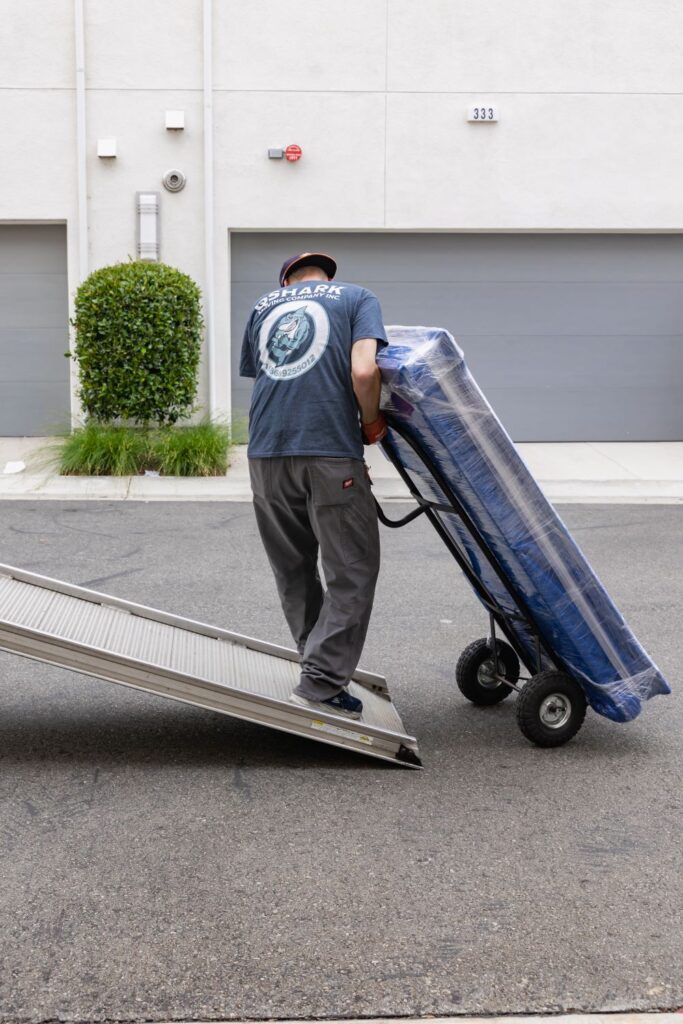
V. Choosing the Right Dolly for Your Move
Choosing a dolly largely depends on what you’re moving, where you’re moving it, and how often you’ll be moving items of a similar nature. Here’s a step-by-step guide:
- Determine the nature of the item(s):
- Consider the weight, size, and shape of the item. Larger or heavier items will require a sturdier dolly like a furniture or appliance dolly.
- Fragile or awkwardly-shaped items may require specialty dollies or extra care when moving.
- Assess the moving conditions:
- The terrain: Flat dollies work best on smooth, flat surfaces. A hand truck might be your best bet if you move items up and down stairs.
- The distance: If you’re moving items over a large distance, consider using a dolly with larger, more durable wheels.
- Consider the cost and availability:
- Determine whether renting or buying the dolly would be more cost-effective, based on how often you’ll use it.
- Consider the availability of different types of dollies in your area.
VI. Safety Tips when Using a Dolly
Using a dolly can make moving heavy items safer and easier, but using them correctly is important to avoid injury or damage to your belongings. Here are some safety tips to keep in mind:
- Proper Loading and Unloading: Always load heavier items at the bottom and balance the load.
- Maneuvering the Dolly: Keep the load tilted slightly back towards you while moving. Use a stair-friendly dolly to move up and down stairs and ask for help.
- Respecting Weight Limits: Never overload a dolly. It could tip over or become too heavy to control safely.
- Use Protective Equipment: Wear closed-toe shoes and consider using gloves to protect your hands.
“Safety should always come first when using a dolly. Proper loading, maneuvering, and protective equipment can prevent injuries and damage to items.”
With a keen understanding of moving dollies and how to use them, you can make your next move as seamless as possible. Whether you’re moving locally or relocating your business, the team at QShark Moving Company is here to ensure a smooth, safe, and efficient move.
VII. QShark Moving Company and Dollies
At QShark Moving Company, we understand the importance of using the right dolly. Our team of trained professionals has a wealth of experience with all types of dollies and moving situations. We always select the best equipment to make your move easier and safer.
Let’s take a look at how we incorporate different types of dollies into our moving strategy:
- Furniture Dolly: When dealing with large, heavy furniture, our go-to is the sturdy and reliable furniture dolly. It allows us to maneuver large items efficiently while protecting your furniture from damage.
- Appliance Dolly: When it’s time to move your refrigerator, washing machine, or other heavy appliances, we bring out our trusted appliance dolly. This tool allows us to navigate through narrow corridors and doorways safely.
- Utility Dolly: This is our tool of choice for moving multiple boxes simultaneously. It’s also great for handling smaller appliances, making your move quicker and more efficient.
- Platform Dolly: We opt for the versatile platform dolly whenever we need to move bulky items across flat surfaces. Its low profile makes it easy to load and unload.
- Specialty Dollies: We have an array of specialty dollies for unique items that need extra care and precision. We have the perfect tool for the job, from piano to drum dollies.
Safety is always our priority. We adhere to all the safety guidelines mentioned above and go the extra mile to protect our team and your belongings during the move.
“At QShark, we always select the best equipment to ensure your move is efficient and safe.”
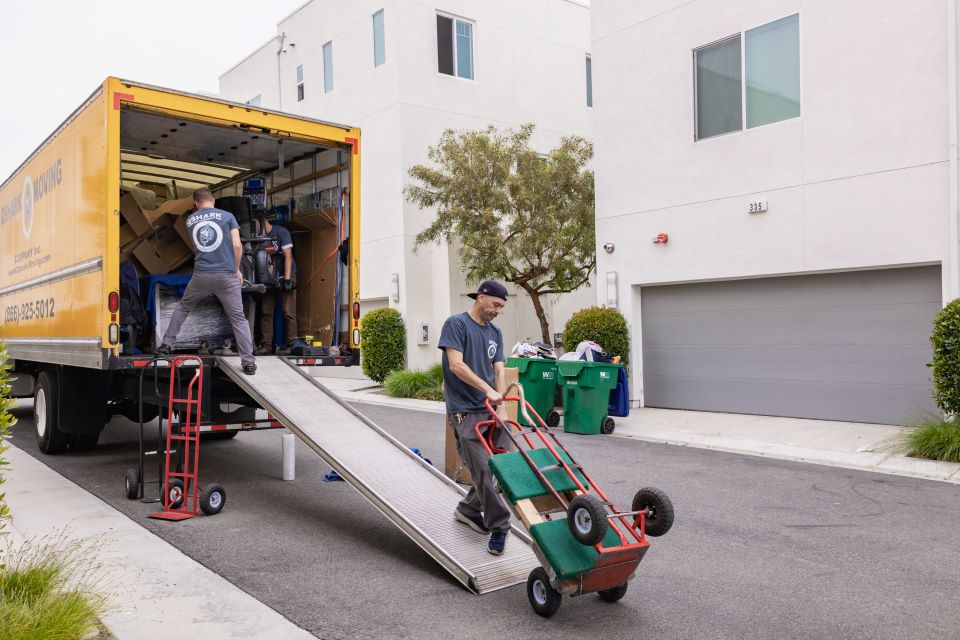
VIII. Conclusion
The right moving dolly can make all the difference in your moving experience. Whether you’re an individual planning a local move or a business ready to relocate, understanding the types of moving dollies and their uses can help you make an informed decision.
With QShark Moving Company, you can rest assured knowing your move is in the hands of trained professionals. We understand the importance of choosing the right tool for the job and are committed to making your move seamless.


 How to Shrink Wrap: Guide for Moving with QShark Movers
How to Shrink Wrap: Guide for Moving with QShark Movers What Is Shrink Wrap? Moving Industry Uses
What Is Shrink Wrap? Moving Industry Uses Moving with pets: Tips for making a move less stressful for furry family members.
Moving with pets: Tips for making a move less stressful for furry family members. Senior Moving Services: A Complete Guide to Downsizing and Relocating for Older Adults
Senior Moving Services: A Complete Guide to Downsizing and Relocating for Older Adults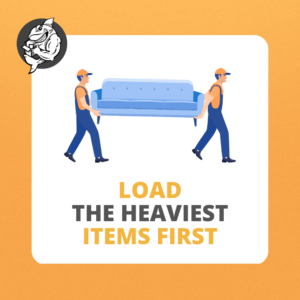 How to Load a Moving Truck Like a Pro: A Step-By-Step Guide
How to Load a Moving Truck Like a Pro: A Step-By-Step Guide